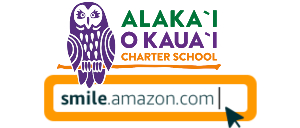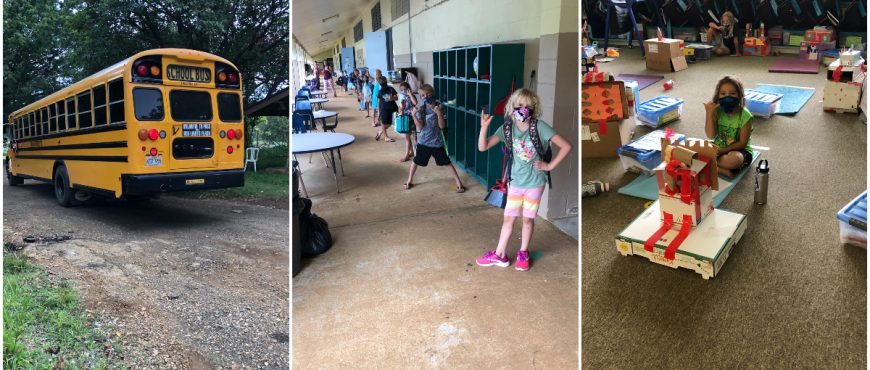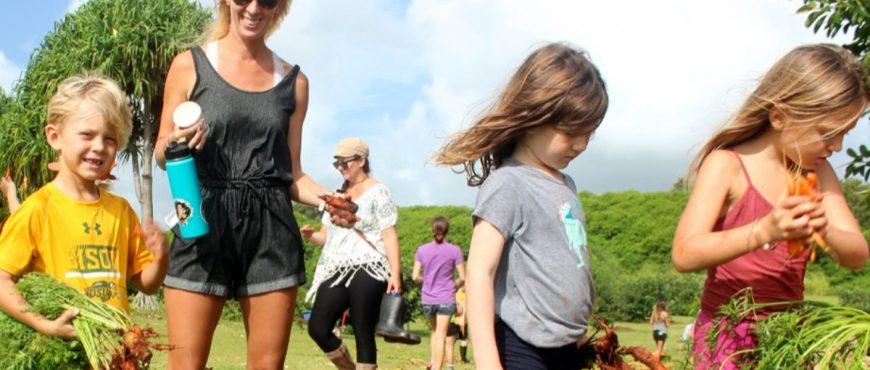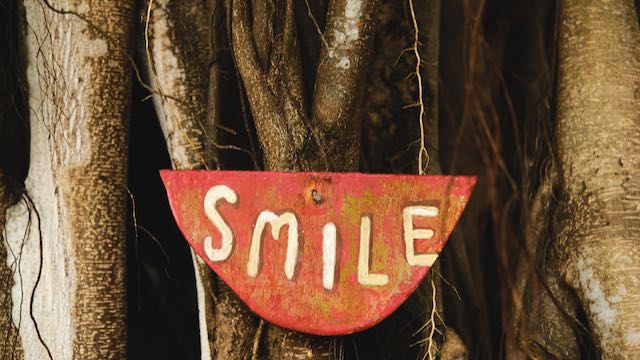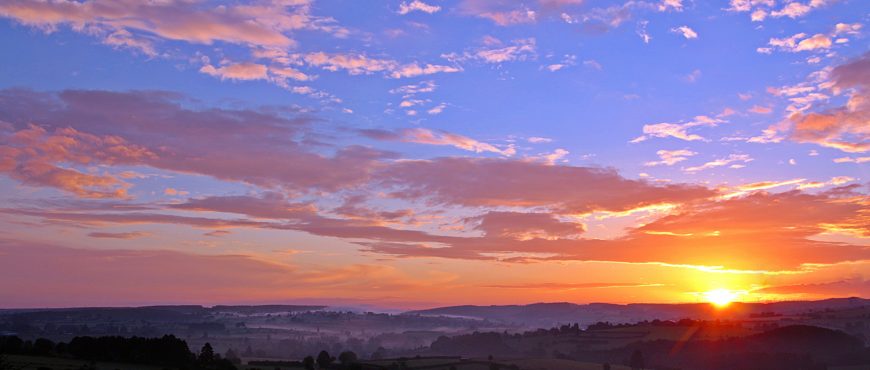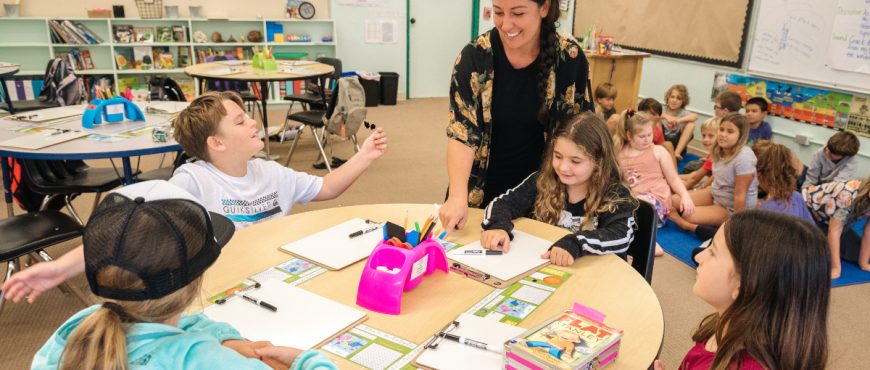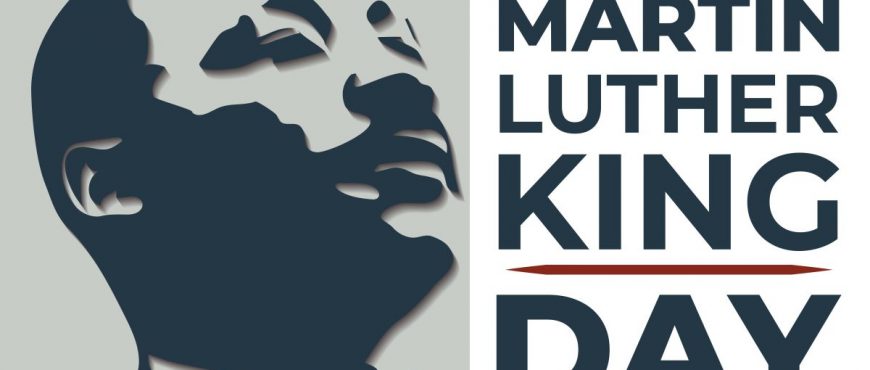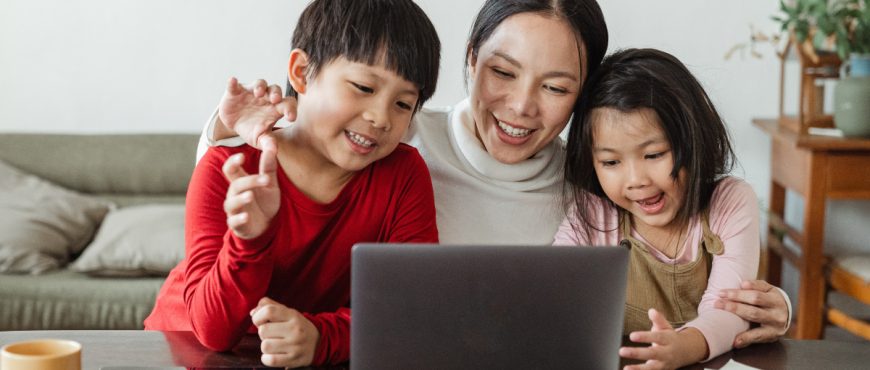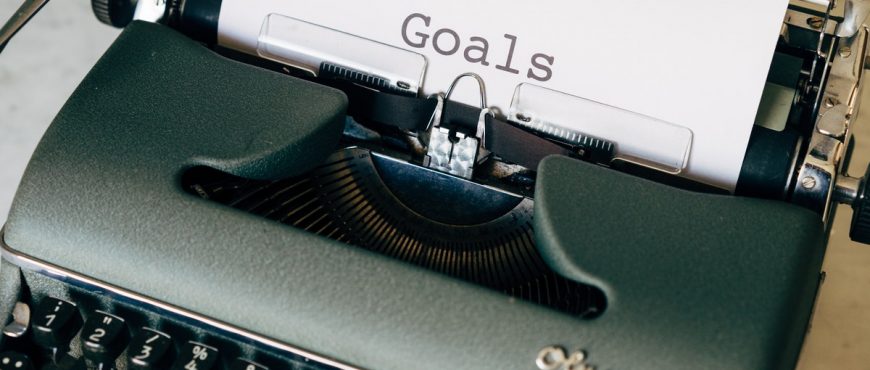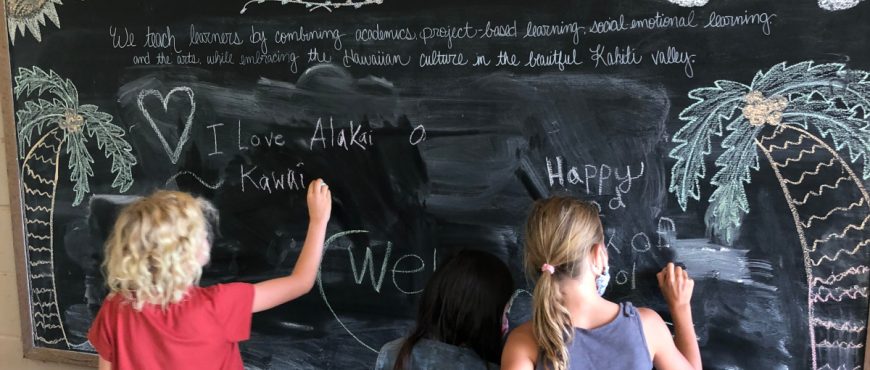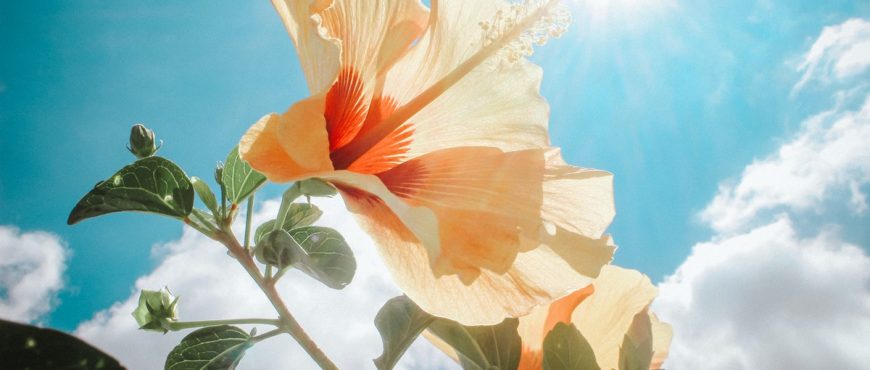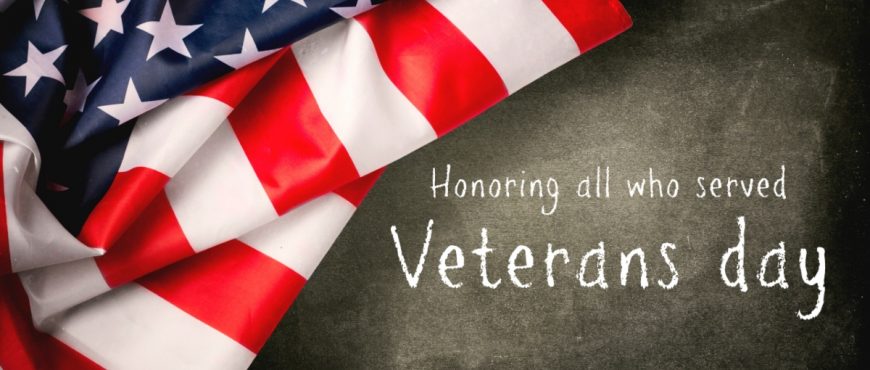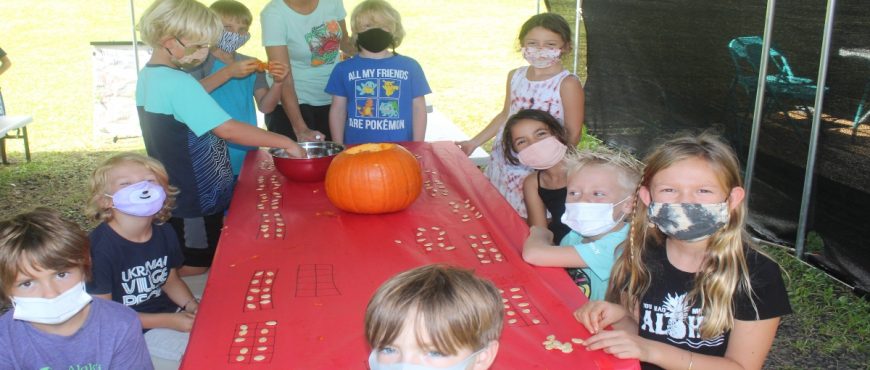We’re over the moon to announce the top proposal in Alaka’i O Kuau’i Charter School’s DreamUp to Space Mission & Experiment Design Challenge, 2021-22.
Proposals and videos from seven finalist teams were reviewed by a panel of assessors, with one team selected for flight to the International Space Station in May 2022. Team Ko, the selected team, is interested in the affect that microgravity will have on sugar cane seed germination.
Team Ko’s hypothesis is that the sugarcane seeds will germinate faster in space than on earth. They base their hypothesis on the fact that sugarcane is a relative of bamboo which can grow hydroponically (in water)
Persais Sasil, Grade 4 Alaka’i O Kaua’i Charter School
Hudson Sherrill, Grade 4 Alaka’i O Kaua’i Charter School
Omar Maes, Grade 4 Alaka’i O Kaua’i Charter School
This year’s mission was offered onsite at two Maker Learning Network schools, Alaka’i O Kaua’i Charter School and Colorado Skies Academy. As a whole-school project, Alaka’i O Kaua’i facilitators from Kindergarten through 6th grade led their learners in theDreamUp to Space Experiment Design Challenge. These skillful facilitators were instrumental in delivering inspiring and impactful project based learning experiences.The schoolwide endeavor was supported by Director David “DJ” Adams, Director of STEAM Initiatives, Kathleen Fredette, and STEAM Project Specialist, Shawna Brown, along with Makers Kendra Scanlon, Nicole Huguenin, and Linda Krystek.
Alaka’i O Kaua’i Charter School is incredibly proud of every single learner in our school as everyone participated in this amazing project based learning activity ‘DreamUp to Space,'” Adams said. “The quality of all of the projects were outstanding which created the ‘good problem’ of some challenging decisions to determine the Finalist. We appreciate the expertise shared by the seven assessors and wish to send a hearty Ho’omaika’i (congratulations) to Team Ko on their exceptional project.”
Said Fredette: “The staff and learners at Alakai blasted the DreamUp to Space Design Challenge to an entirely different level! They’ve set a new ‘bar’ by running this project across all grade level K-7. Their creative thinking and willingness to try something new at their school is indicative of the kind of educational experience we want to provide to truly create life long learners.”
“The Alaka’i O Kaua’i Charter School has made history by running the DreamUp to Space Experiment Design Challenge,” Brown said. “The proposals that were created represent a community of bright and creative minds who are proud of their home; the Island of Kauai. Many of the proposals, including Team Ko, included plant species that were native to the Hawaiian Islands. It is clear that the learners at Alaka’i O Kuau’i Charter School have big plans to contribute to deep space exploration in their future.”
“It’s more than sending a test tube into space — DreamUp shifts the paradigm for when kids ask why they are learning fundamental topics in school,” said Space Force Major and DreamUp to Space Assessor, Kyle Woodard. “The value in learning math and physics is strengthened when students are seeing how they help humans explore our universe at such a young age. They’ll remember this forever, and so will I. This has been so much fun watching them think about our world differently.”
Project partner Lauren Milord, DreamUp Director of Programs, said, “Congratulations to Team Ko! DreamUp looks forward to seeing how your experiment preparations progress over the next few months, and even more, we look forward to seeing your hard work pay off when your experiments launch to the International Space Station next year.”
The finalists were reviewed by a panel of assessors composed of scientists and aerospace experts. The selection process took into account the teams’ written proposals, video submissions, and responses to questions regarding how they will use this opportunity to share with other learners, families, and the community.
The next phase of the journey gives selected teams the opportunity to create a “DreamUp Launch Team.” The team leaders are tasked with offering the opportunity for Alakai learners to apply to be part of the launch team, which includes experiment optimization, outreach, and fundraising. If all goes well, our teams will have the opportunity to present their experiment design at Kennedy Space Center prior to the launch.
